Apple introduces 70 emoji — but still no transgender flag
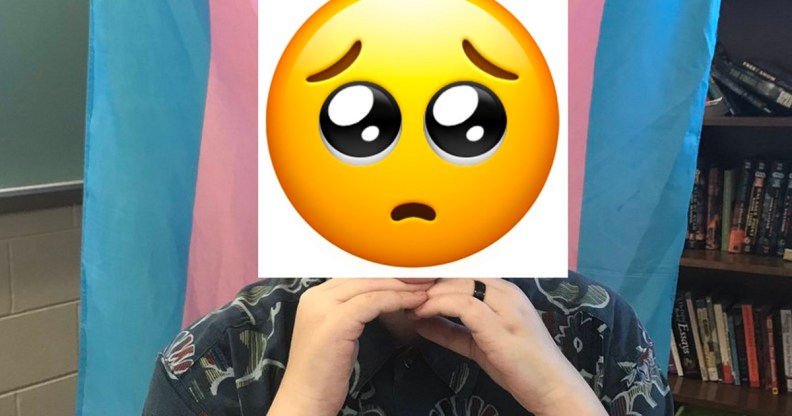
This big-eyes emoji is in the new update (canyonsversion/twitter and emoji)
Apple has released a new emoji update, but the transgender flag is not included.
While the trillion-dollar company boasts that it has “thousands of emoji” on its products, including gender-neutral characters and the rainbow Pride flag, there is still no representation for trans people.
This is despite a campaign which attracted thousands of supporters who thought the flag was more important than the new lobster icon, asking: “Surely we deserve the same rights you have afforded crustaceans?”
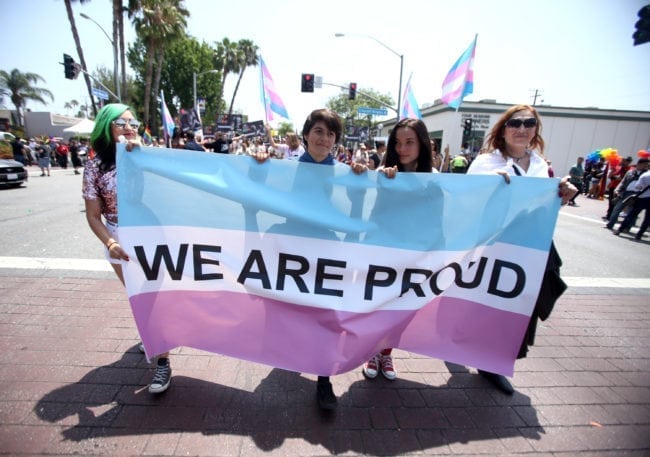
There is an LGBT+ Pride flag emoji but no other more specific Pride flags (Tommaso Boddi/Getty)
They pleaded with Apple to give “our trans mothers, brothers, fathers, sisters and friends the love they deserve.” Activists have been calling for the pink, white and blue emblem to join the rainbow flag in the list of emoji for more than a year now.
Some of these campaigns have had some success, like that of 15-year-old Rayouf Alhumedhi resulting in Apple rolling out a hijab emoji.
Instead of the trans flag—or the bisexual, lesbian, pansexual or asexual flags—emoji users can look forward to scrolling through another 70 crucial symbols from the Unicode Consortium.
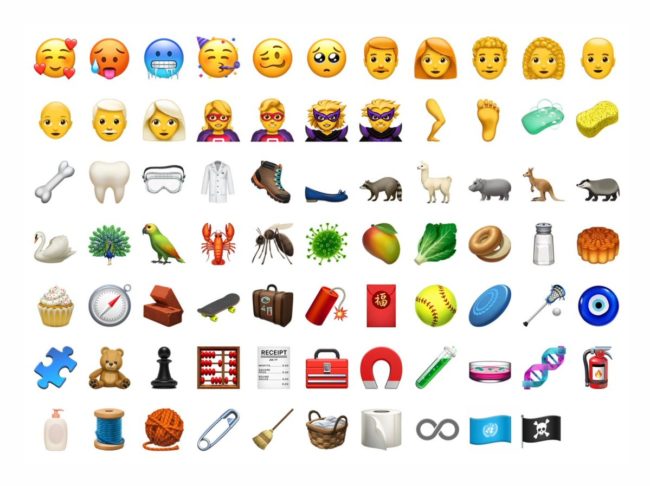
The 70 new emoji, coming to a device near you (Apple)
These include an abacus, receipt, mosquito, puzzle piece and laundry basket. There is also a moon cake, one of many Asian-specific emoji which have incurred users’ confusion over the years.
In April, a viral tweet blew people’s minds by revealing to many that the Japanese Goblin emoji comes from a mask which was historically used during lesbian sex.
That’s right, the same mask used as a sex toy in this 17th-century portrayal of sapphic lovemaking.
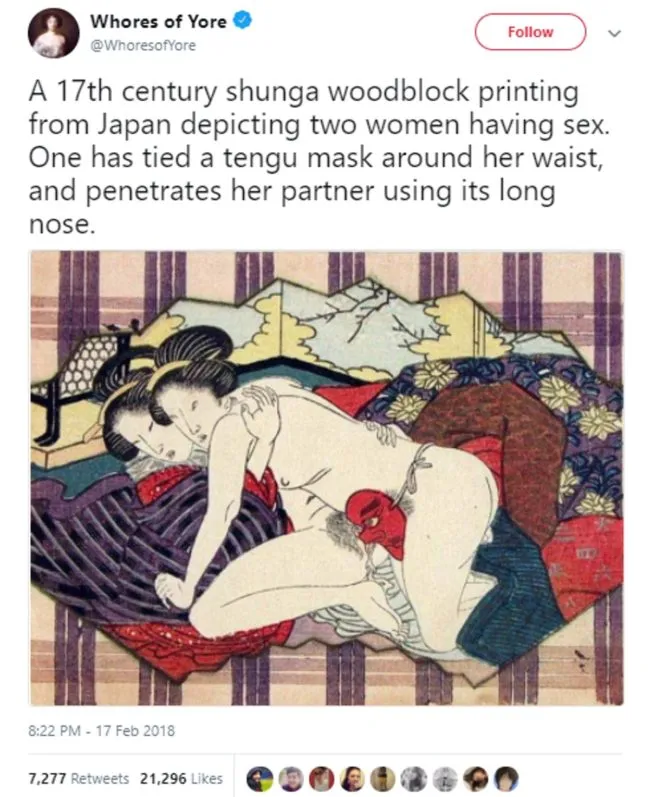
(Twitter/whoresofyore)
As the Twitter account Whores of Yore explained, the picture was “a 17th-century shunga woodblock printing from Japan depicting two women having sex.
“One has tied a tengu mask around her waist, and penetrates her partner using its long nose.”
But it was another Twitter user who recognised the significance for 21st-century readers.
They wrote: “So it turns out this emoji is actually a Japanese strap-on.
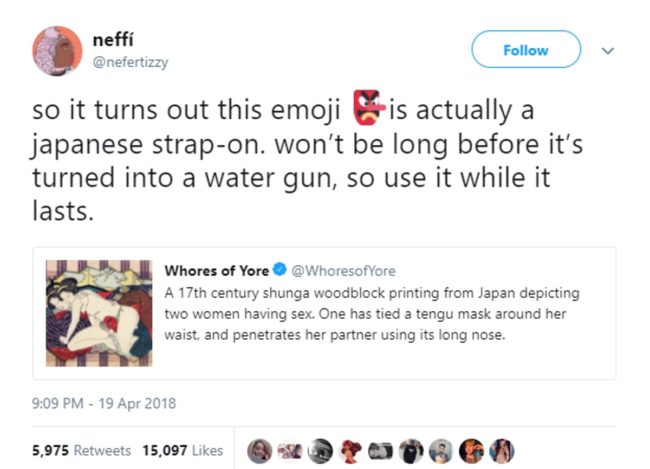
(Twitter/nefertizzy)
Both posts attracted more than 20,000 retweets and likes.
Other emoji too have revealed a deeper meaning. In August, a report found that dealers were using emoji on Grindr, the world’s largest gay dating app, was being to sell illegal drugs.
One dealer, identified only as Mike, said he used Grindr as it gave him “more clientele” than he “would normally get on the street” and that using the app was safer as he didn’t have to worry about bumping into other dealers.
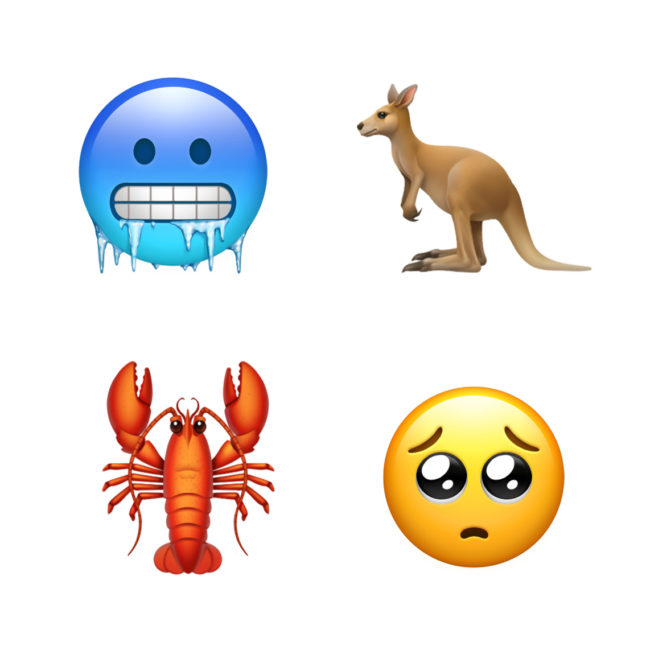
Close-up shots of four of the emoji released by Apple (Apple)
To conceal the selling or buying of drugs, some people use code words, symbols and emoji.
The diamond emoji is used to refer to crystal meth and the snowflake symbol is used to attract the attention of people wanting to buy cocaine.

